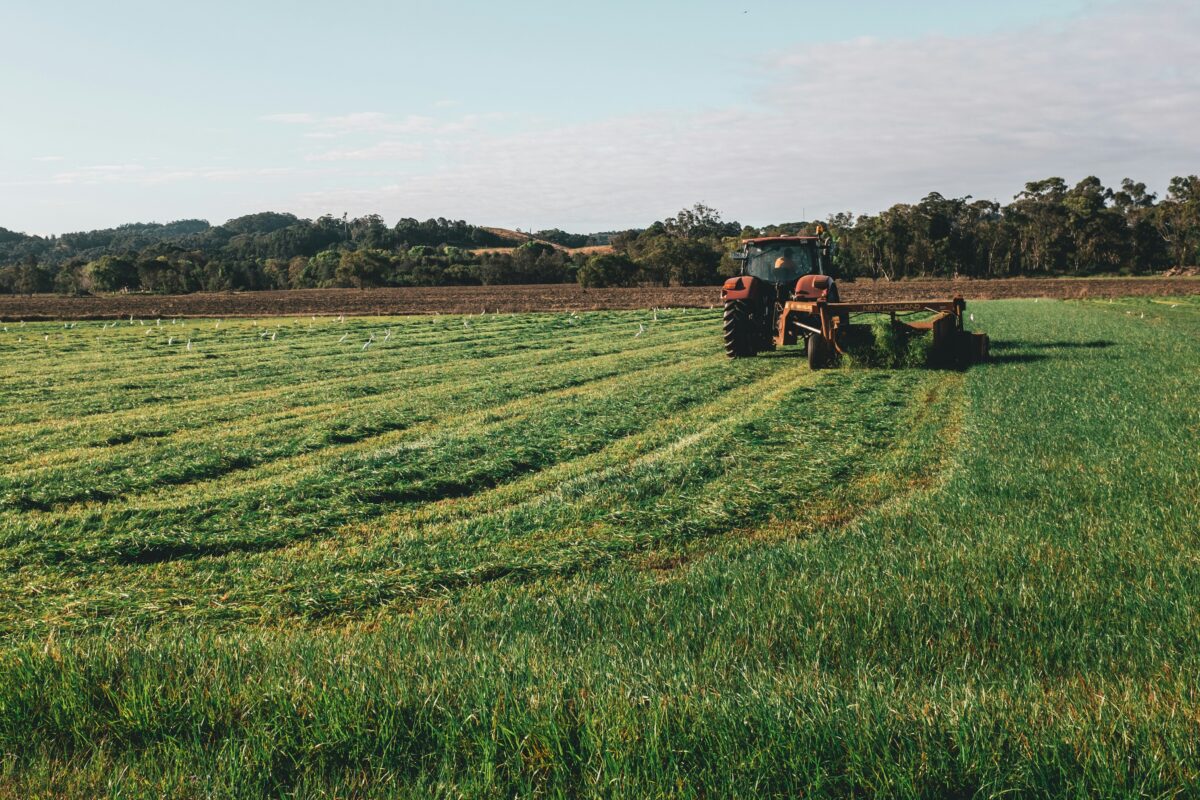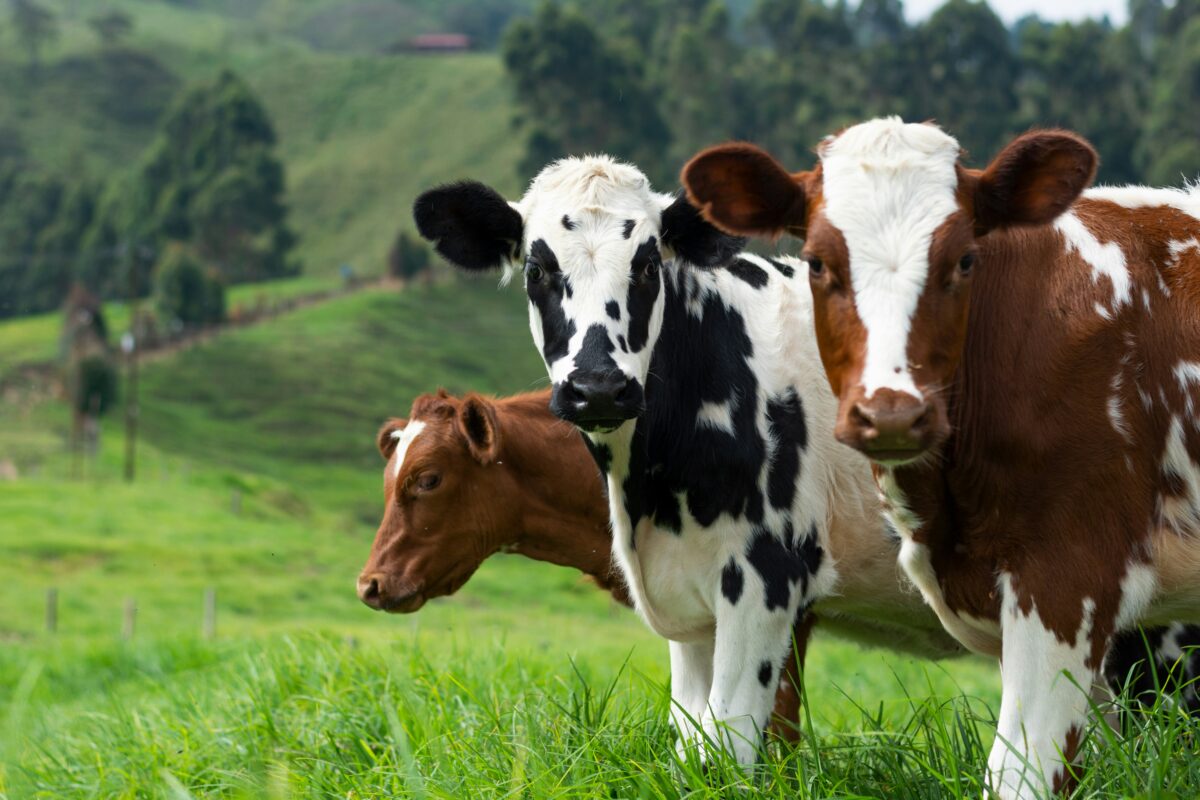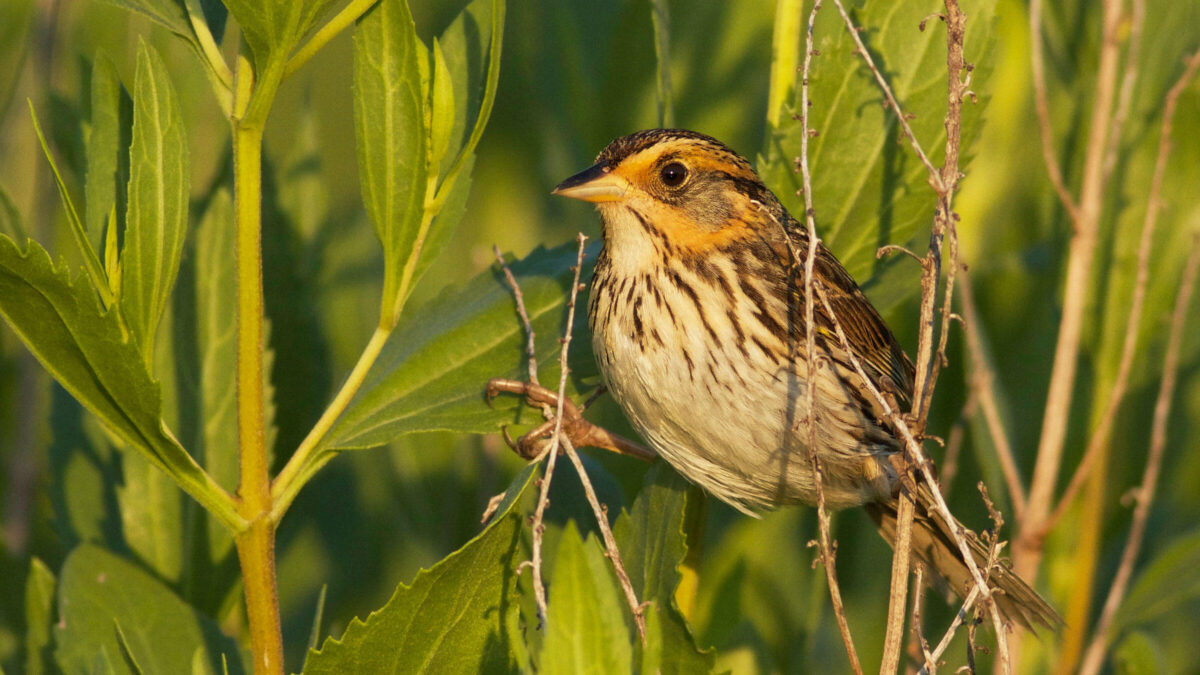The agricultural revolution introduced new ways to support a greater and healthier human population. The revolution also spurred a series of events that led humans to exploit and harm the environment, specifically soil. Soil plays a significant role in the biogeochemical cycles of carbon, nitrogen, phosphorus, and sulfur by storing, releasing, and transforming these nutrients […]
Over-tilling: An Anthropogenic Crisis




